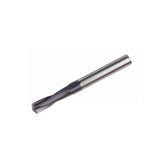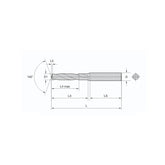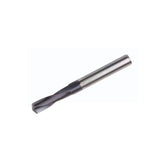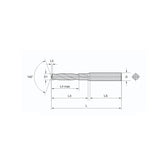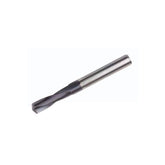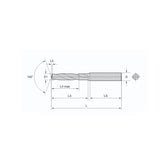Everything You Need to Know About Grooving Inserts
Complete Guide to Grooving Inserts
1. What is a Grooving Insert?
A grooving insert is a replaceable cutting tool mounted on lathes, milling machines, or CNC equipment, designed to create narrow grooves, slots, or parting lines on workpiece surfaces. Common applications include:
- Internal/external groove machining in shafts or pipes
- O-ring grooves in hydraulic components
- Parting-off operations in bar stock
- Thread relief grooves in fasteners
2. Types and Selection
- Square/Rectangular Inserts: Standard geometry for general-purpose grooving
- T-Type Inserts: For T-slot machining in fixtures
- High-Feed Inserts: Optimized chip control for tough materials
- Parting Inserts: Thin designs for cut-off operations
Selection Guidelines:
- Match insert grade to material hardness
- Choose insert width based on groove size (1-6mm)
- Consider machine rigidity for geometry selection
3. Materials and Coatings
-
Carbide Grades:
- Micrograin for stainless steel
- Submicron for aluminum
-
Coatings:
- TiAlCrN for high-temperature alloys
- MT-TiCN for general steel
-
Specialty:
- CBN for hardened steels (45-65 HRC)
- PCD for non-ferrous materials
4. Key Usage Considerations
- Tool Holder: Ensure proper clamping force
-
Cutting Parameters:
- Steel: Vc 100-300 m/min
- Aluminum: Vc 500-1500 m/min
- Feed Rate: 0.05-0.2 mm/rev
- Chip Control: Use chipbreakers for long-chipping materials
5. Maintenance Best Practices
- Inspect edges with 10x magnification
- Rotate multi-edge inserts regularly
- Store in original packaging
6. Troubleshooting Guide
| Issue | Root Cause | Solution |
|---|---|---|
| Premature wear | Excessive speed | Reduce Vc by 20% |
| Edge chipping | Insufficient rigidity | Shorten tool overhang |
| Poor surface finish | Worn edge | Index or replace insert |
7. Conclusion
Proper selection and application of grooving inserts can reduce cycle times by up to 30% while maintaining tight tolerances. Always consult technical documentation from leading suppliers like Sandvik Coromant or Seco for specific applications.
Tags:
